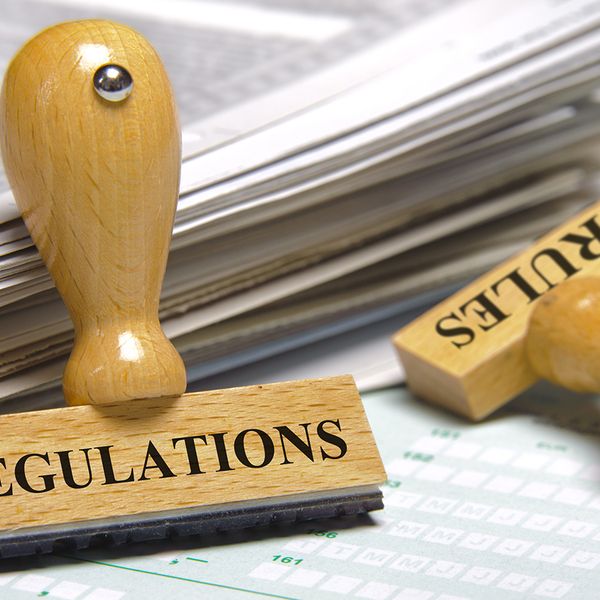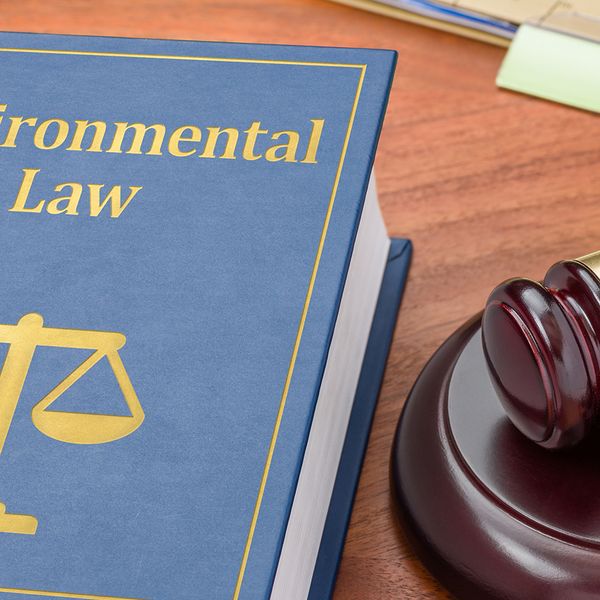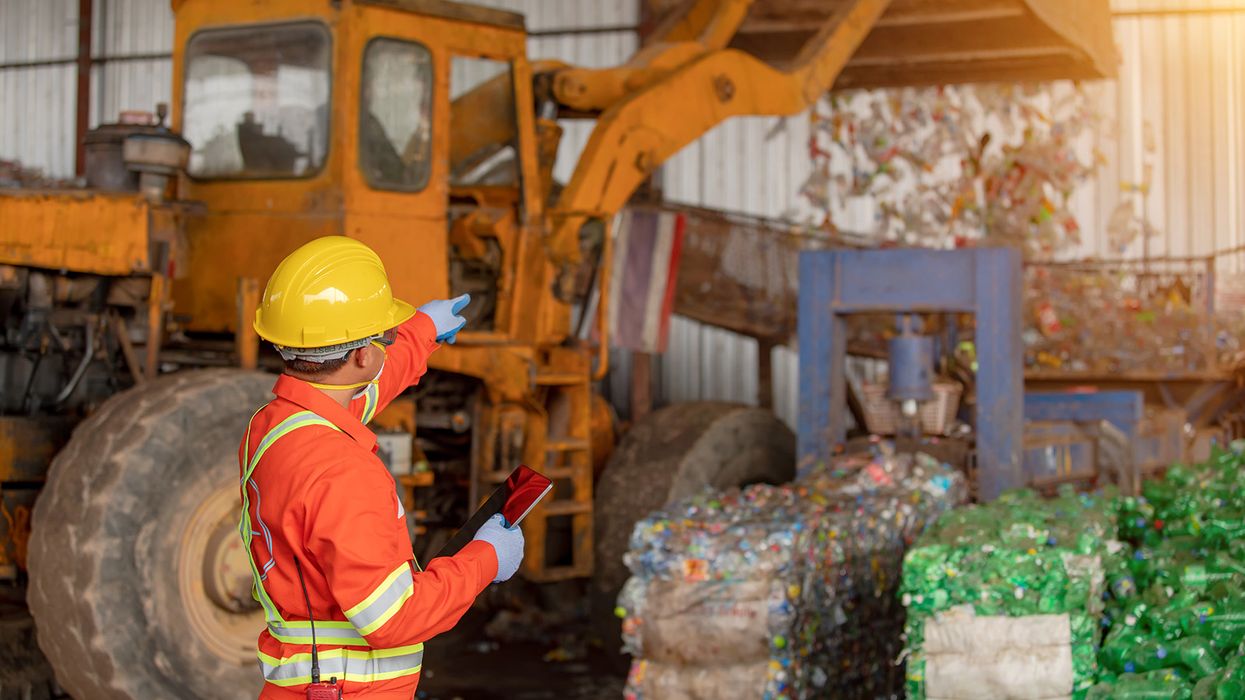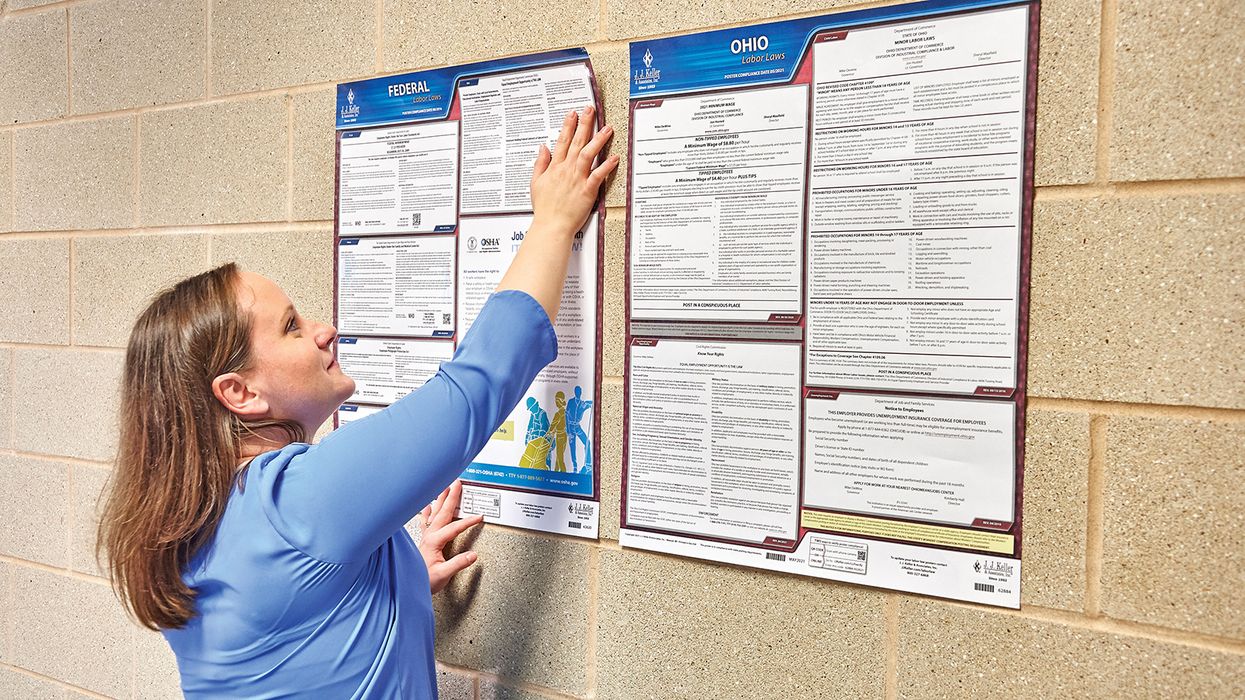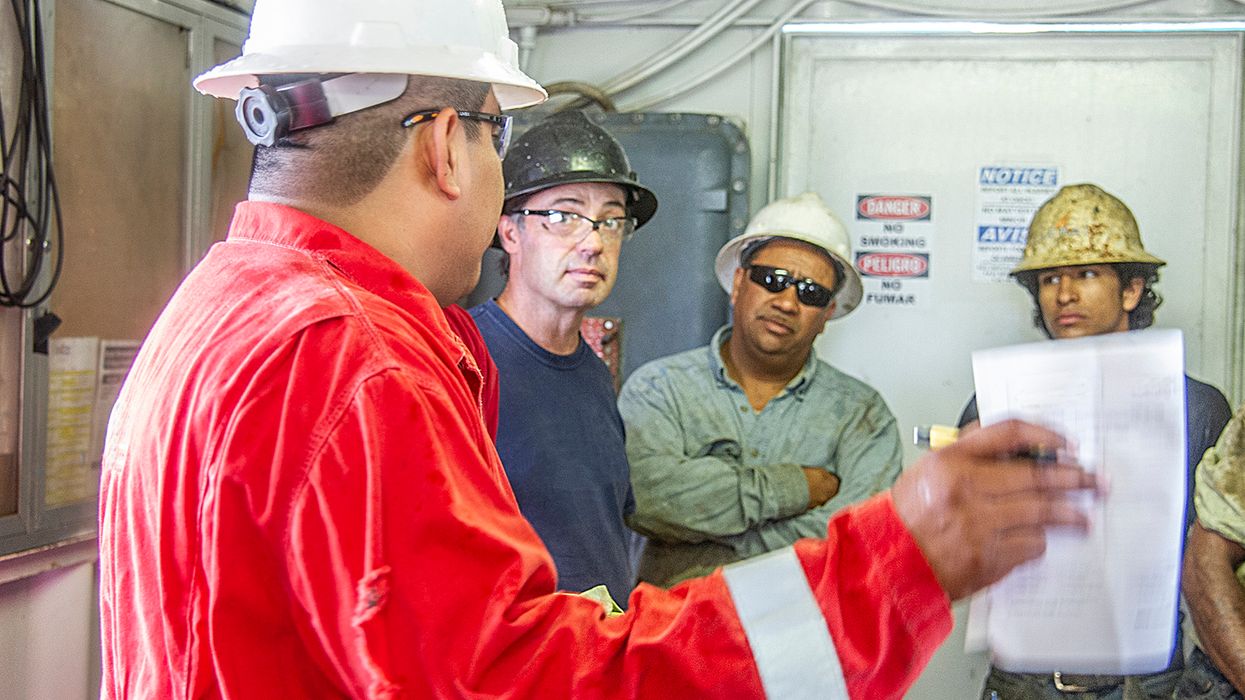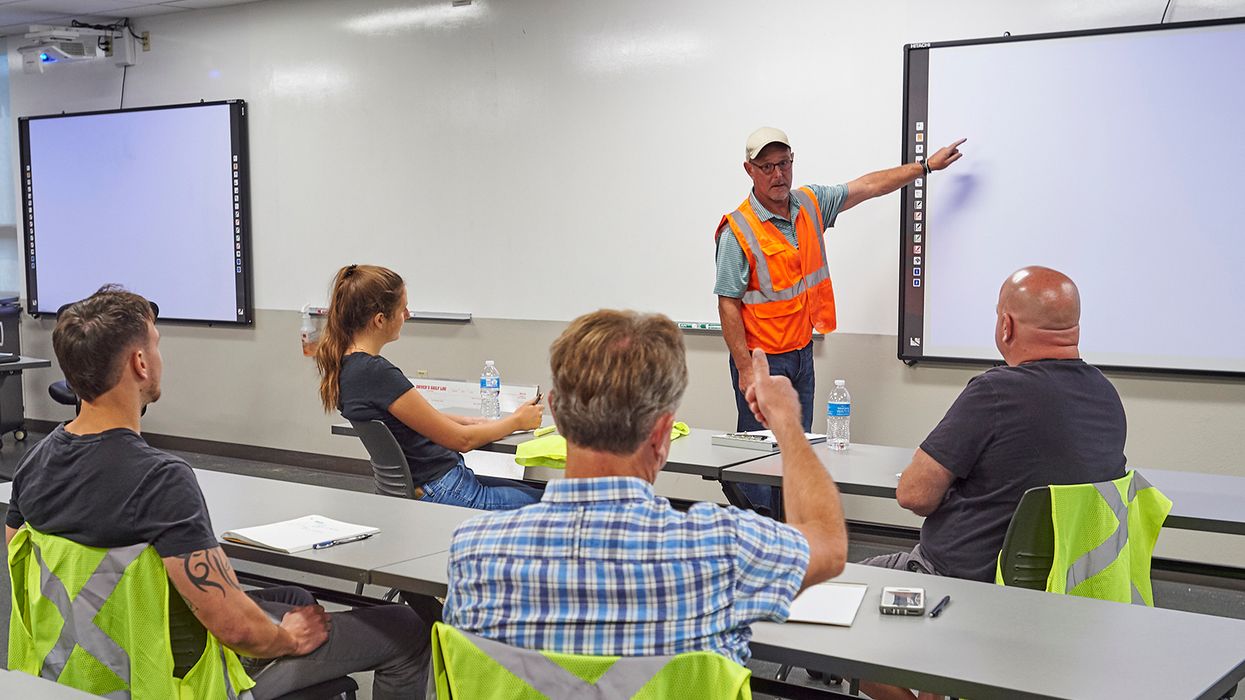Agenda reveals what's up EPA's sleeves
EPA released its semi-annual forecast of planned rulemakings in June. The Agency’s Unified Agenda provides a glimpse of rules in the proposed, final, and long-term planning stages. The list sheds light on hundreds of items, but we’ll focus on those most likely to be of interest to you, our readers.
Proposed rule stage
Title: Hazardous Substance Worst Case Discharge Planning Regulations
Program: Clean Water
Listed date for action: March 2022 (A March 2020 consent decree requires EPA to issue a proposed rule by March 2022 and final rule by September 30, 2024.)
Description: Sometimes called the “SPCC of hazardous chemicals,” this rule would require owners and operators of aboveground tanks or facilities to prepare and submit a plan for responding to a worst case discharge or the substantial threat of such a discharge of a hazardous substance.
Title: 404 Assumption Update Regulation
Program: Clean Water
Listed date for action: December 2021
Description: EPA wants to clarify requirements for when a state can assume control of the Clean Water Act wetlands permitting program, reduce barriers to assumption, and place more states and tribes in decision-making positions on dredge and fill permits.
Title: Integrating E-Manifest with Exports and other Manifest-related reports, PCB manifest amendments, and technical corrections
Program: Waste
Listed date for action: November 2021
Description: The current e-Manifest system for tracking hazardous wastes operates under a “receiver pays” system for paying the user fees. However, when hazardous waste is exported, the receiver is a foreign entity. So EPA plans to revise the regulations to identify which entity involved in the export supply chain is most suited to pay those user fees. In addition, EPA is considering removing the requirement for written exception reports when the same information is available electronically. Other revisions would better align the TSCA PCB manifesting requirements with the e-Manifest system.
Final rule stage
Title: National Emission Standards for Hazardous Air Pollutants for Major Sources: Industrial, Commercial, and Institutional Boilers and Process Heaters: Amendments
Program: Clean Air
Listed date for action: September 2021
Description: In 2016, the U.S. Court of Appeals for the D.C. Circuit sent EPA back to the drawing board on several provisions related to its 2013 NESHAPS for new and existing industrial, commercial, and institutional boilers and process heaters. And in 2018, the court told EPA to better explain its use of carbon monoxide as a stand-in for organic hazardous air pollutants. This rulemaking will set emissions limits to protect air quality.
Title: Response to Vacatur of Certain Provisions of the Mercury Inventory Reporting Rule
Program: Toxic Substances
Listed date for action: November 2021
Description: In June 2018, EPA finalized a rule to require reporting from manufacturers (including importers)of mercury or mercury-added products, or otherwise intentionally use mercury in a manufacturing process. That rule was challenged in the Second Circuit Court of Appeals in 2018. In 2020, the court sided with EPA on most of the issues, but vacated a reporting exemption for persons who import pre-assembled products that contain a mercury-added component. This rulemaking will carry out the decision of the court through regulatory amendments.
Ones to watch
Long-term actions (Rulemakings in development that are not scheduled within the next year):
| Program | Title |
| Water | Peak Flows Management |
| Water | Steam Electric Reconsideration Rule |
| Water | Revised Definition of “Waters of the United States” |
| Water | National Primary Drinking Water Regulations for Lead and Copper: Regulatory Revisions |
| Air | Accidental Release Prevention Requirements: Risk Management Program Under the Clean Air Act; Retrospection |
| Air | General National Ambient Air Quality Standards Implementation Update Rule |
| Air | E15 Fuel Dispenser Labeling and Compatibility with Underground Storage Tank |
| Toxic Substances | Lead; Renovation, Repair, and Painting Program for Public and Commercial Buildings |
| Waste | Management of Cement Kiln Dust |
| Hazardous Substances | Designating PFOA and PFOS as CERCLA Hazardous Substances |





